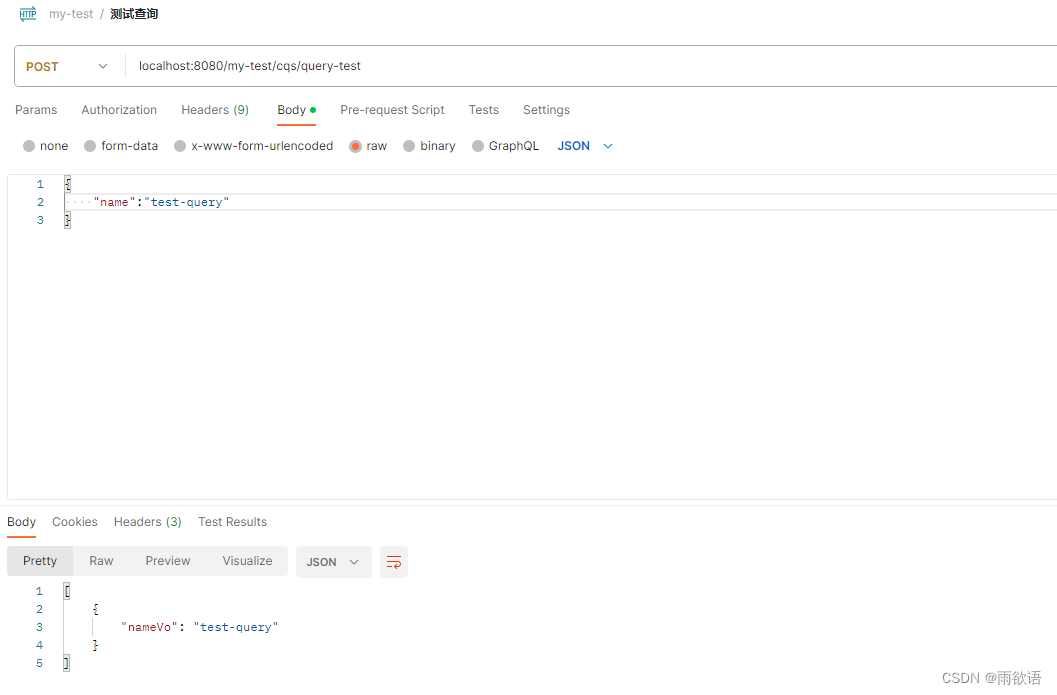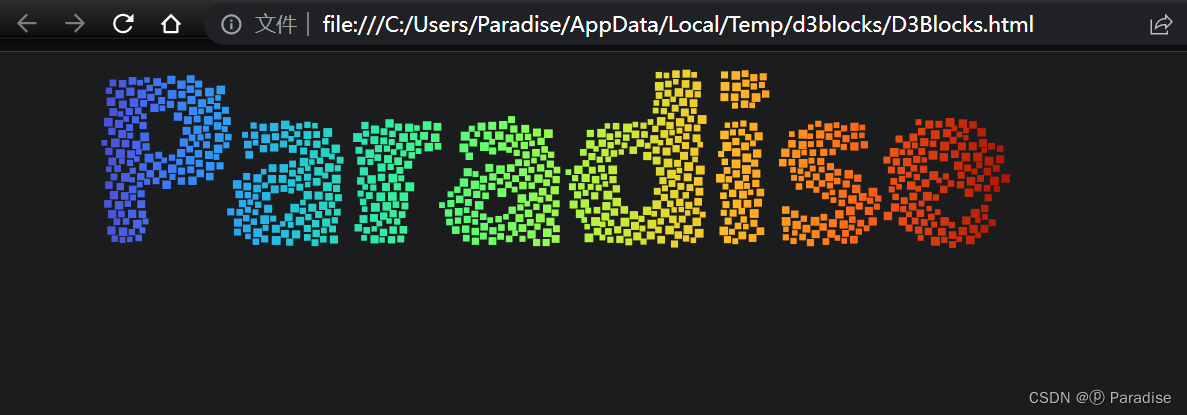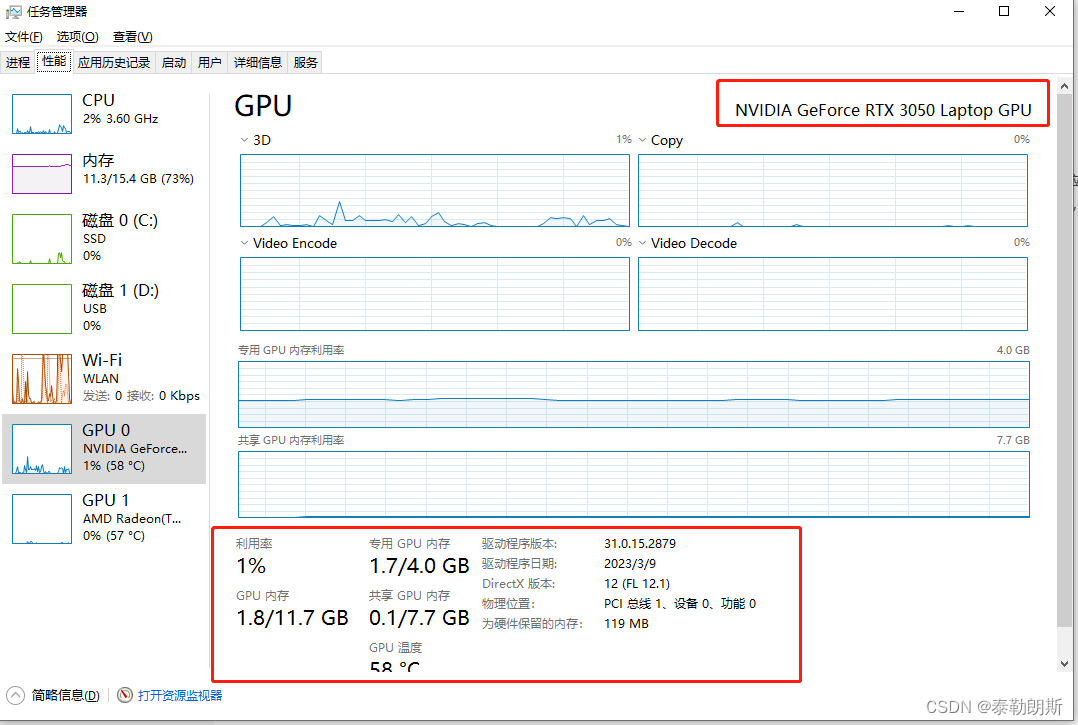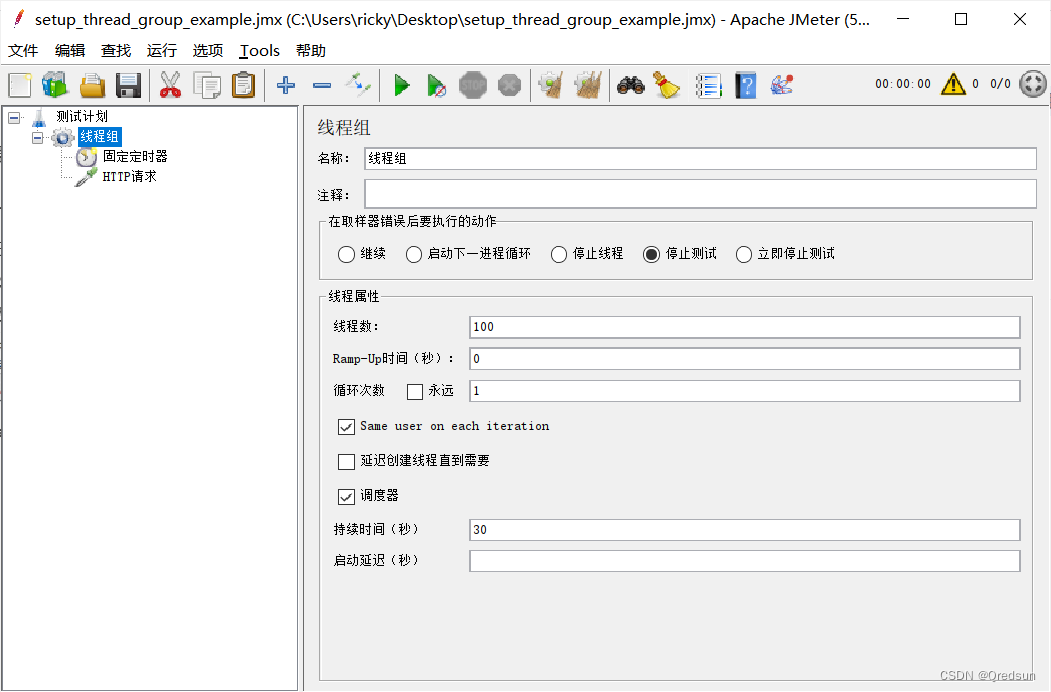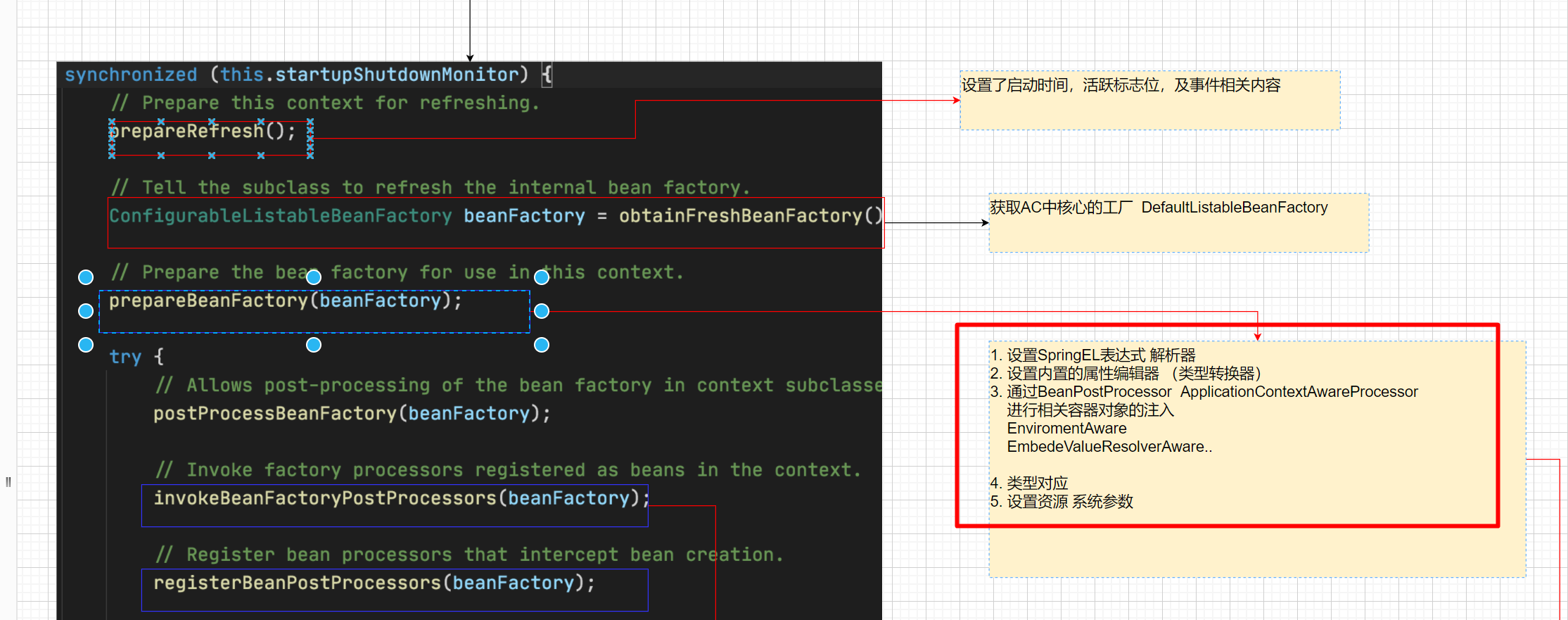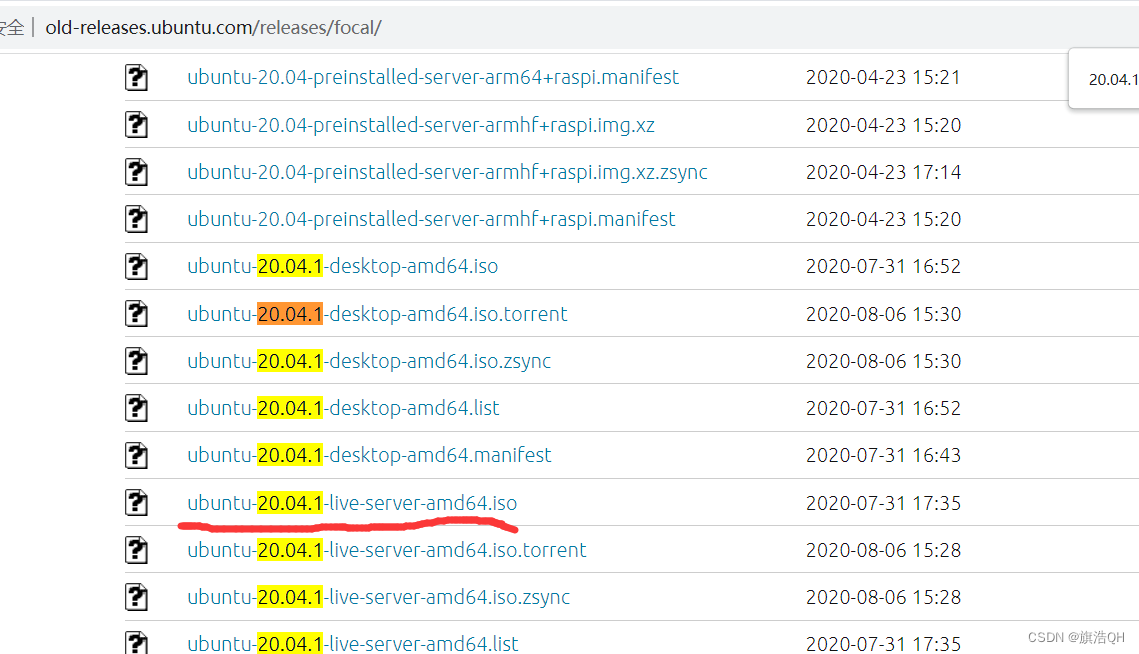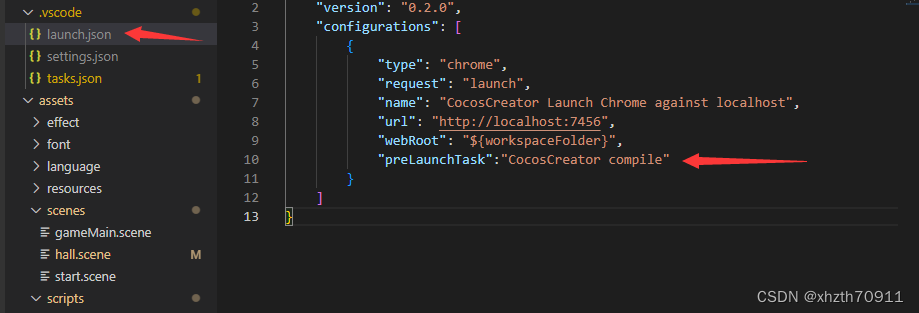(leetcode802,拓扑排序,深搜+三色标记)找到最终的安全状态-------------------Java实现
题目表述
有一个有 n 个节点的有向图,节点按 0 到 n - 1 编号。图由一个 索引从 0 开始 的 2D 整数数组 graph表示, graph[i]是与节点 i 相邻的节点的整数数组,这意味着从节点 i 到 graph[i]中的每个节点都有一条边。
如果一个节点没有连出的有向边,则该节点是 终端节点 。如果从该节点开始的所有可能路径都通向 终端节点 ,则该节点为 安全节点 。
返回一个由图中所有 安全节点 组成的数组作为答案。答案数组中的元素应当按 升序 排列。
样例

(上图)输入:graph = [[1,2],[2,3],[5],[0],[5],[],[]]
输出:[2,4,5,6]
输入:graph = [[1,2,3,4],[1,2],[3,4],[0,4],[]]
输出:[4]
条件
n == graph.length
1 <= n <= 104
0 <= graph[i].length <= n
0 <= graph[i][j] <= n - 1
graph[i] 按严格递增顺序排列。
图中可能包含自环。
图中边的数目在范围
[
1
,
4
∗
1
0
4
]
[1,4*10^4]
[1,4∗104] 内。
思路
1、答案学习思路:深搜+三色标记法。主要思路是,根据边深搜,递归查询,发现环路之后,整条路上的其实都可以认定为不安全结点。只有所有的边都通往安全节点才是安全节点。
2、拓扑排序(容易想到)
注意点
ac代码
Java:
package leetcode802;
import java.util.*;
class Solution802 { //拓扑排序
public List<Integer> eventualSafeNodes(int[][] graph) {
Set<Integer>[] Source_graph = new HashSet[graph.length];
int[] Target_graph = new int[graph.length];
List<Integer> result = new ArrayList<>();
for (int i=0;i<graph.length;i++) {
Source_graph[i] = new HashSet<>();
Target_graph[i] = graph[i].length;
}
for (int i=0;i< graph.length;i++)
for (int j=0;j<graph[i].length;j++)
Source_graph[graph[i][j]].add(i);
Queue<Integer> q = new ArrayDeque<>();
for (int i=0;i<Target_graph.length;i++) {
if (Target_graph[i]==0) {
q.offer(i);
result.add(i);
}
}
while(!q.isEmpty()){
int now_source = q.poll();
for (Integer i :Source_graph[now_source])
{
Target_graph[i]--;
if (Target_graph[i]==0)
{q.offer(i);result.add(i);}
}
}
Collections.sort(result);
return result;
}
}
class Solution802_2 { //深搜+三色标记
public List<Integer> eventualSafeNodes(int[][] graph) {
int[] color = new int[graph.length];
List<Integer> ans = new LinkedList<Integer>();
for (int i=0;i<graph.length;i++)
if (safe(graph,color,i))
ans.add(i);
Collections.sort(ans);
return ans;
}
public boolean safe(int[][] graph,int[] color,int x)
{
if (color[x]!=0)
return color[x]==2;
color[x] = 1;
for (int i:graph[x])
if (!safe(graph,color,i))
return false;
color[x] = 2;
return true;
}
}
public class leetcode802 {
public static void main(String[] args) {
Scanner cin = new Scanner(System.in);
int n = cin.nextInt();
cin.nextLine();
int[][] graph = new int[n+1][];
for (int i =0;i<=n;i++){
String line = cin.nextLine();
if (line.isEmpty()) {
graph[i] = new int[0];
continue;
}
String[] numbers = line.split(" ");
graph[i] = new int[numbers.length];
for (int j=0;j<numbers.length;j++)
graph[i][j] = Integer.parseInt(numbers[j]);
}
cin.close();
// Solution802 s = new Solution802();
Solution802_2 s_2 = new Solution802_2();
// System.out.println(s.eventualSafeNodes(graph));
System.out.println(s_2.eventualSafeNodes(graph));
// input
// 6
// 1 2
// 2 3
// 5
// 0
// 5
}
}
来源:力扣(LeetCode)
链接:https://leetcode.cn/problems/find-eventual-safe-states
著作权归领扣网络所有。商业转载请联系官方授权,非商业转载请注明出处。




